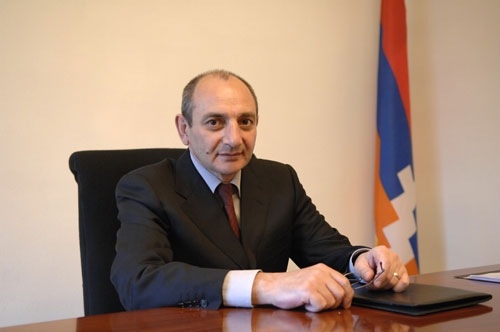By Hovsep Daghdigian
A Decade of Research and Education –
During the past decade, the Cosmic Ray Division (CRD) of the Yerevan Physics Institute (YerPhI) has extensively researched the generation of energetic gamma rays originating in thunderclouds, a new area of science called High-Energy Atmospheric Physics. A related phenomenon, Thunderstorm Ground Enhancements (TGEs), generates bursts of subatomic particles adding to the cosmic radiation reaching the earth from the sun and from outer space, thus enhancing natural radiation near the earth’s surface several times for a few minutes. In conformance with the ideals of the American Physical Society (APS), which espouses openness and dissemination of scientific research, over the past decade the CRD has published 10 research articles in APS journals while making data collected at its observatories on Mt. Aragats, and from other locations, available over the Internet. CRD’s reports and data mirror the history of research in this new field of High Energy Atmospheric Physics. An advantage of CRD’s observatory on Armenia’s Mt. Aragats is that thunderstorms frequently occur over Aragats’ summit, occasionally only 10s of meters above CRD’s monitoring equipment. Students studying at CRD play a significant role in participating in this research.
Students Publishing their Research –
A goal of educating the students at CRD is to teach them to formulate research goals and report their results in scientific papers. Prof. Chilingarian, during master courses, works with students preparing such scientific papers. In 2018, jointly with master degree students, they published a research paper entitled “Catalog of 2017 Thunderstorm Ground Enhancement (TGE) Events Observed on Aragats”. This paper documents important characteristics of TGEs, as well as where and when they are likely to occur. As a part of their education, resources permitting, many students attend international scientific conferences as well, some of which are held in Armenia at CRD’s facilities on Mt. Aragats.
Aragats Space Environment Center –
Having completed a decade of research with significant contributions to the science of atmospheric physics, CRD is charting a path to the future. In January 2019 a new collaboration with the Aragats Space-Environmental Center (ASEC) was established within the A. Alikhanyan National lab (Yerevan Physics Institute). The chairperson of this collaboration is Prof. Ashot Chilingarian with Dr. Mery Zazian as the secretary. The collaboration will monitor cosmic radiation within the newly expanded monitoring network in Armenia. It will utilize a multitude of newly deployed sensors to advance space weather forecasting, and provide information regarding space storms to Armenian governmental organizations and others. As usual, students will play a significant role in ASEC’s research. A board of international experts from the Czech Republic, Germany, Italy, Japan, Russia, and the U.S. will oversee the research plans of ASEC collaboration.
Students Mentoring Students –
Meanwhile students from CRD, including PhD candidate Hripsime Mkrtchyan, as well as students from Yerevan State University, the Yerevan Pedagogical University, and the Yerevan Physics Institute have organized a Young Minds Project chapter in Armenia. The Young Minds Project was established by the European Physical Society (EPS) to organize young undergraduate to post-doctoral scientists to promote science education among youth. Yerevan’s branch has visited science classes at over 15 high schools in Armenia and Artsakh where they delivered science kits and performed science experiments with the students.
Due to poor economic conditions schools often lack the equipment to conduct elementary science experiments demonstrating the principles taught in class. With a modest grant from the EPS, Young Minds has provided some science kits to schools. During visits volunteers work with students, helping them conduct experiments and allowing them to visualize the concepts they are studying. As stated by Hripsime Mkrtchyan, “Science classes in many schools unfortunately consist only of lectures and reading. Students need to actually apply the science taught in their classes in order for them to remain interested.” Back in Yerevan, in one of CRD’s laboratories, Mkrtchian and her colleagues demonstrated some homemade science equipment, including a Tesla coil, which generates many thousands of volts but at very low current that poses no danger. Another Young Minds volunteer was unsoldering electronic components from an obsolete piece of equipment to salvage electronic components for future experiments.
Members of the Young Minds Project committee are students studying physics, mechanical engineering, biology, and education. All are bright, young Armenians pursuing their own careers. While they are being mentored by their professors, they in turn, feel a responsibility to mentor those coming a few years after themselves.
The Young Minds Project website is at http://www.epsyoungminds.org.












